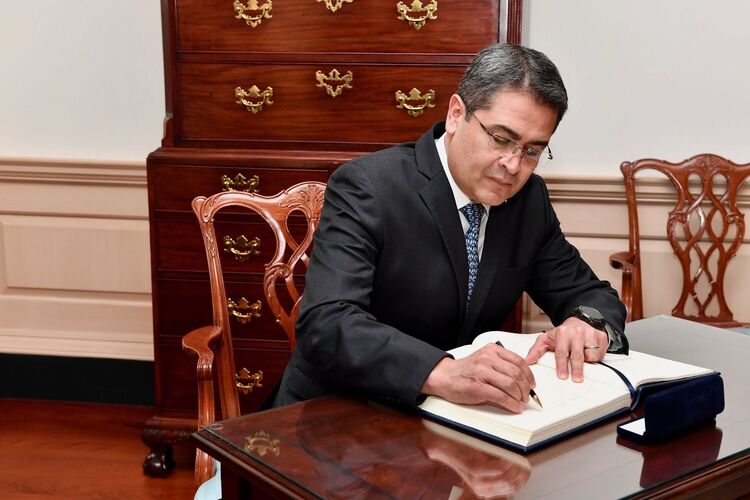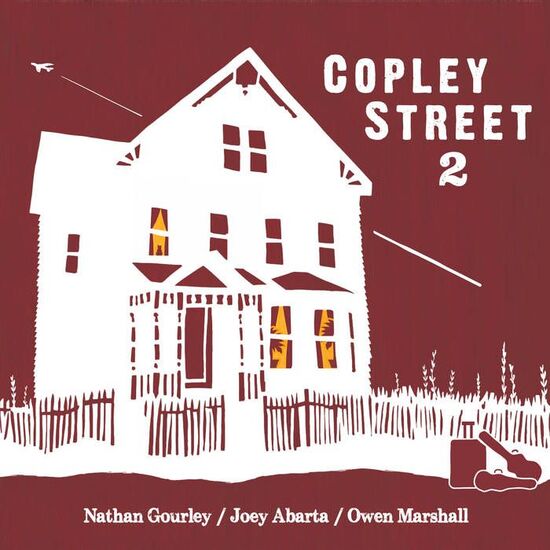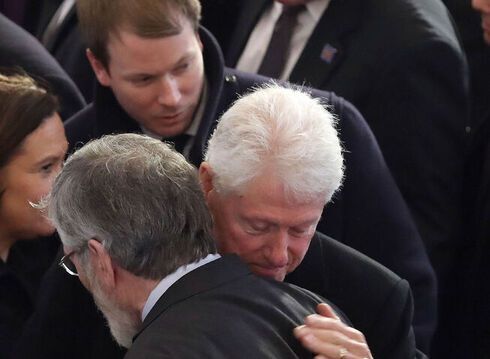Pierre Salinger was the first White House press secretary to be a celebrity in his own right.
Between the Lines / By Peter McDermott
“The mood in the press room turned ugly after the president left. The reporters were going to beat and flail Ziegler into submission.” So goes an account of a Watergate moment in Carl Bernstein and Bob Woodward’s “All the President’s Men.”
For those of us who are history buffs, there are only two White House press secretaries really worth talking about – Nixon’s Ronald L. Ziegler and Pierre Salinger, who worked for Kennedy. They were different men in just about every way possible, and yet both succeeded where Sean Spicer, for instance, failed.
And while Spicer has proven to be perfect fodder for Melissa McCarthy on “Saturday Night Live,” Ziegler and Salinger seem almost in retrospect to have been products of a novelist’s imagination.
If for nothing else, Ron Ziegler will continue to be remembered long into the future for two famous pronouncements. The first was his June 1972 description of the Watergate break-in days before as “a third-rate burglary attempt.”
The second was said following the press room scene mentioned above. With Watergate blowing up in Nixon’s face in the spring of 1973, the president gave a statement that seemed to contradict everything he’d said before about the scandal. The White House correspondents, long frustrated with Ziegler’s way of doing things, now smelled blood. While the press secretary explained that the Administration’s own investigation had revealed new information – hence the shift in the official line – no formulation of words to that effect would satisfy the reporters. They simply refused to move on. Finally after about the 17th or 18th question, Ziegler said: “This is the operative statement. The others are inoperative.”
Bernstein and Woodward wrote: “For a moment, there was a splendid silence.”

Ron Ziegler is remembered for two
pronouncements in particular.
Like many key Nixon people, the native Kentuckian Ziegler had been a Young Republican at the University of Southern California. He worked as a press aide on Nixon’s failed gubernatorial campaign in California in 1962. He was then recruited as an executive by the J. Walter Thompson ad agency, where he had the Disneyland account, and where future Nixon chief of staff Bob Haldeman was a vice president.
In 1968, at age 29, he became the youngest ever White House press secretary.
In his book about the press and the 1972 presidential election, “The Boys on the Bus,” Timothy Crouse wrote: “Ziegler gave every sign that he considered public relations a profession superior to journalism.”
He added that he “was the perfect spokesman for the Nixon Administration. He was totally loyal to his boss and he treated the press with a bland contempt that was quite genuine and unaffected. At the briefing lectern, he was smug, condescending and relentlessly evasive, often refusing to answer the simplest and most innocuous of questions.”
Docklands investigation
Salinger, on the other hand, began a career as a journalist after his navy service in World War II. For one early story about prison conditions, he contrived to have himself arrested on a number of occasions and was commended for his work by Gov. Earl Warren. He first came to the attention of the Kennedys when an unpublished article he’d written about Teamsters corruption on the docklands of his native San Francisco was sent to Robert Kennedy. He was hired as an investigator.
By the 1960 presidential campaign, the man JFK nicknamed “Plucky Pierre” had an important role in the Kennedy operation.
In an anecdote in his 1975 memoir “Conversations with Kennedy,” Ben Bradlee showed in that campaign – for which he was a reporter for Newsweek – just how JFK skillfully worked the press.
A campaign handout stated that 35,000 attended a particular rally, an estimate Bradlee said seemed to be “substantially high” to the journalists who were there. “I asked Kennedy,” he recalled, “how they arrived at that figure, and he said to me and a half a dozen other reporters: ‘Plucky counts the nuns and then multiplies by 100.’”
Crowd figures, then as now, were a touchy subject, but by taking a deprecating approach, Bradlee said, “Kennedy made the reporters laugh, and probably avoided a story about inflated crowd counts by his staff.”
Bradlee was a friend of JFK’s but one who was sometimes in the doghouse. The Kennedys never let anything go. A 1962 article in Look magazine had a piece with two lists of top U.S. journalists – they were entitled “Bawled out by Bobby” and “Jumped on by Jack.” Bradlee made both of them.
Salinger, who said he was in a “no-man’s land” between the reporters and the presidency, was the right man for the Kennedy approach.
He was the son of a French Catholic mother and Jewish American father. Colorful, cosmopolitan and highly cultured, he was seen as the Kennedy insider most supportive of the First Lady’s opening to the arts. When he died in France in 2004 at age 79, his New York Times obituary said he had been the “first presidential spokesman to become a celebrity in his own right.”
JFK biographer Richard Reeves said that he'd “had a journalist's instincts – his instinct wasn't to cover it up, it was to find out.’’
Two-expression man
Ziegler, who died in 2003 at age 63, didn’t know enough to cover up, but when others were sent to jail and broke ties with their former boss, he remained personally close to Nixon – though he’d been gracious enough to apologize to the Washington Post even while the president clung to power.
He was a true believer, unlike Spicer in 2017, who being himself obviously quite sane couldn’t be taken seriously by the White House press corps.
Ziegler would have made a good Stalinist apparatchik. Indeed a leading reporter who had previously been a Moscow correspondent told Crouse for “The Boys on the Bus” that the Nixon White House used many of the same tactics that he’d seen the Kremlin use against reporters.
The Washington Post’s Nicholas von Hoffman wrote in a freelance piece for a magazine at this time: “Ziegler is a two-expression man, blank and smiling. No frowns, no pensive looks, no screwing up in distaste, it’s the blank or the smile. The blank is for when you’re speaking; the smile is for when you’re finished and he’s about to talk. Having a conversation with him is like playing tic-tac-toe with a computer.”
However, some in the press would keep trying. One woman journalist who had been reporting since the 1940s, Crouse said, showed a “bold independence of thought which often put her male colleagues to shame.”
He added: “But the men still tittered when Sarah McClendon asked a question and Ziegler still treated her like a wino who had wandered in off the street…”
He was terribly sweet to her after press conferences, "which only disgusted her more," the author said. Crouse wrote that in fact a distinct minority of reporters refused to play along with the teasing and affable off-lectern Ziegler because of the unremitting “us vs. them” hostility of the Nixon Administration towards media outlets.
Of course, Nixon’s self-destructive paranoia about journalists and lots of others went way back. Bradlee recounted that Kennedy told him “without vindictiveness” that the country should be glad that Nixon wasn’t president during the Cuban Missile Crisis.
He’d once liked him but from about the 1960 presidential campaign onward came to regard him as “mentally unsound.”
Referring to a notorious line Nixon used when he lost the California race to Pat Brown in 1962, JFK said to Bradlee: “Nobody could talk like that and be normal.”
That line was: "You don't have Nixon to kick around anymore, because, gentlemen, this is my last press conference.”








